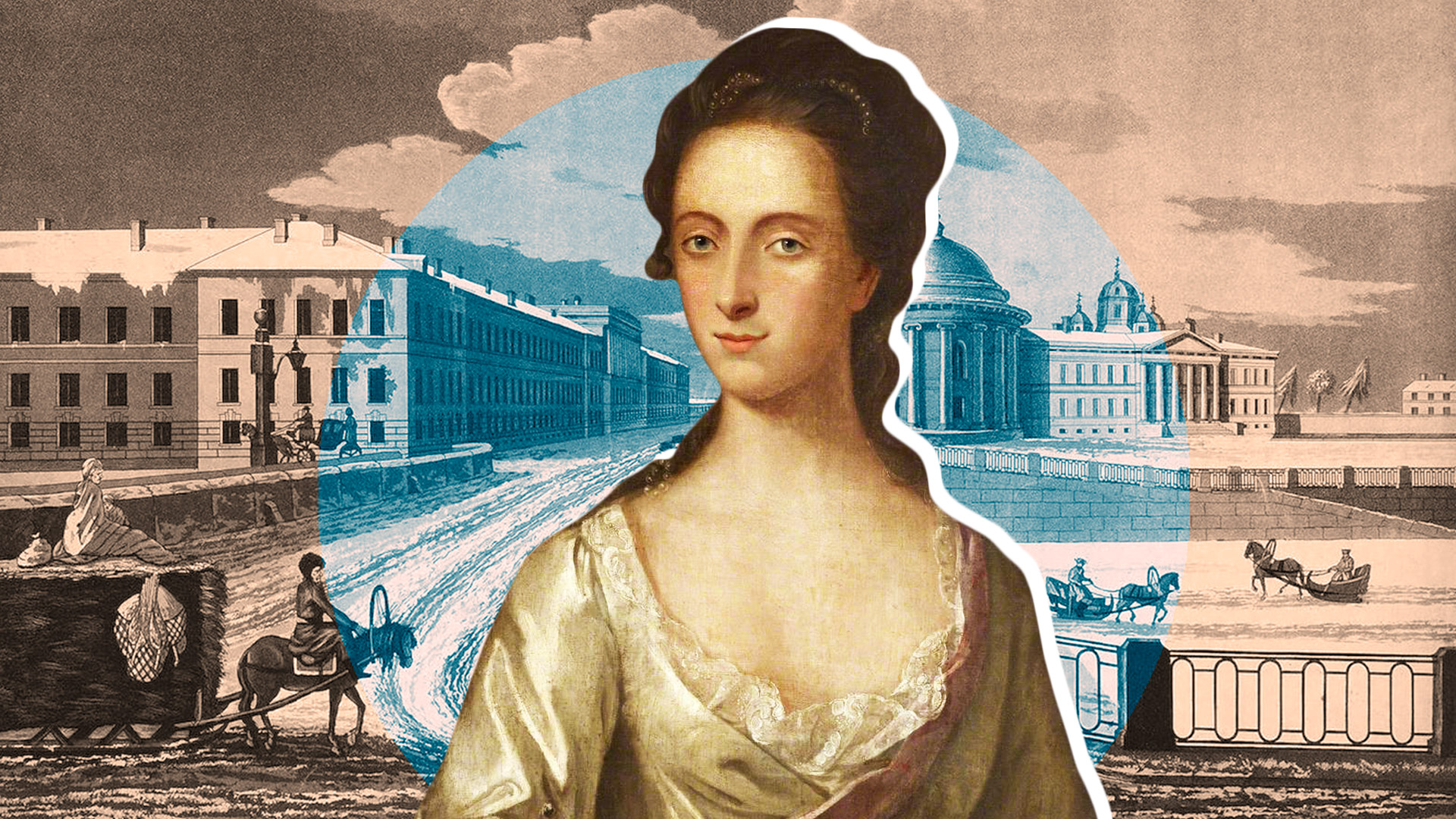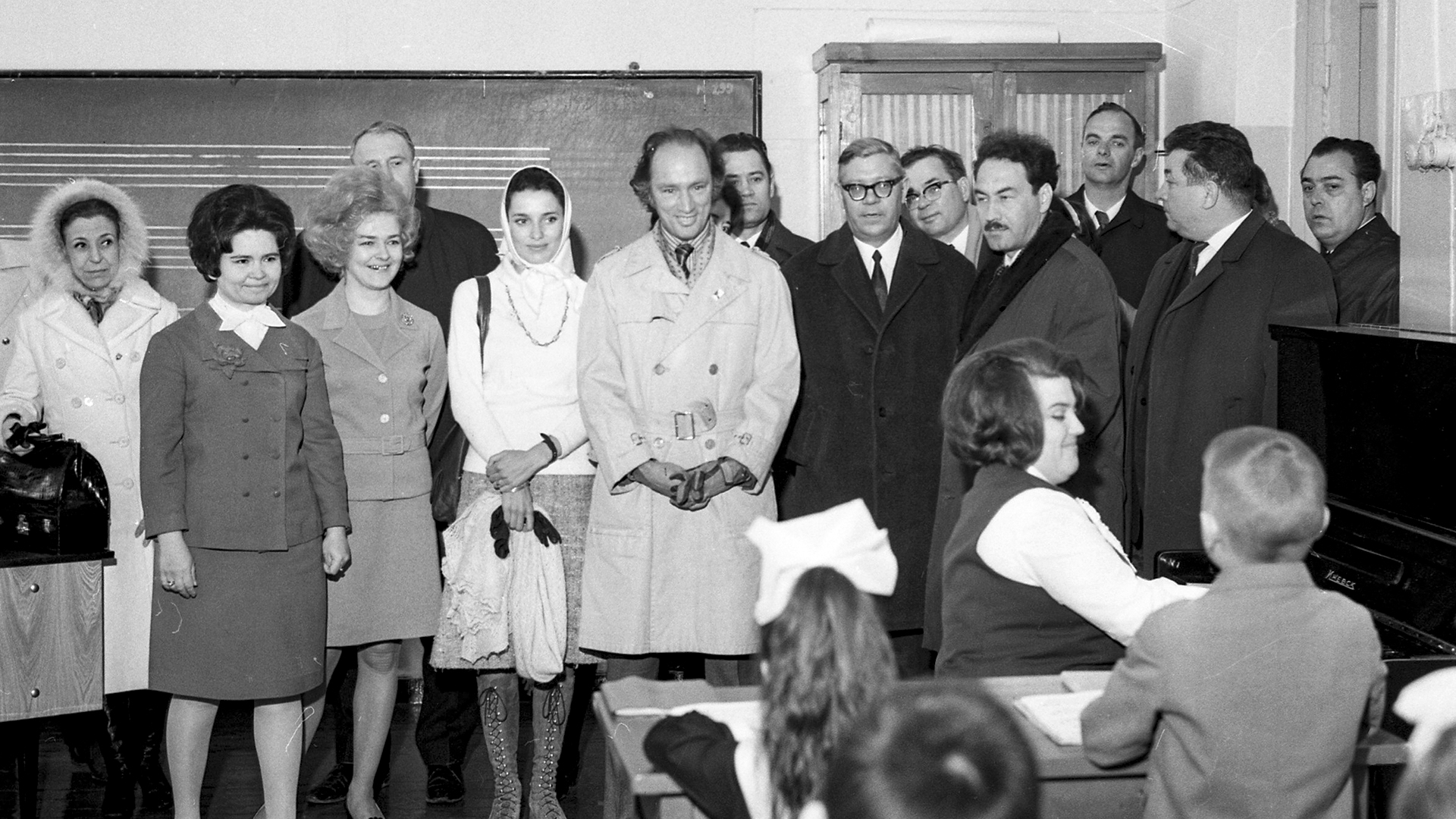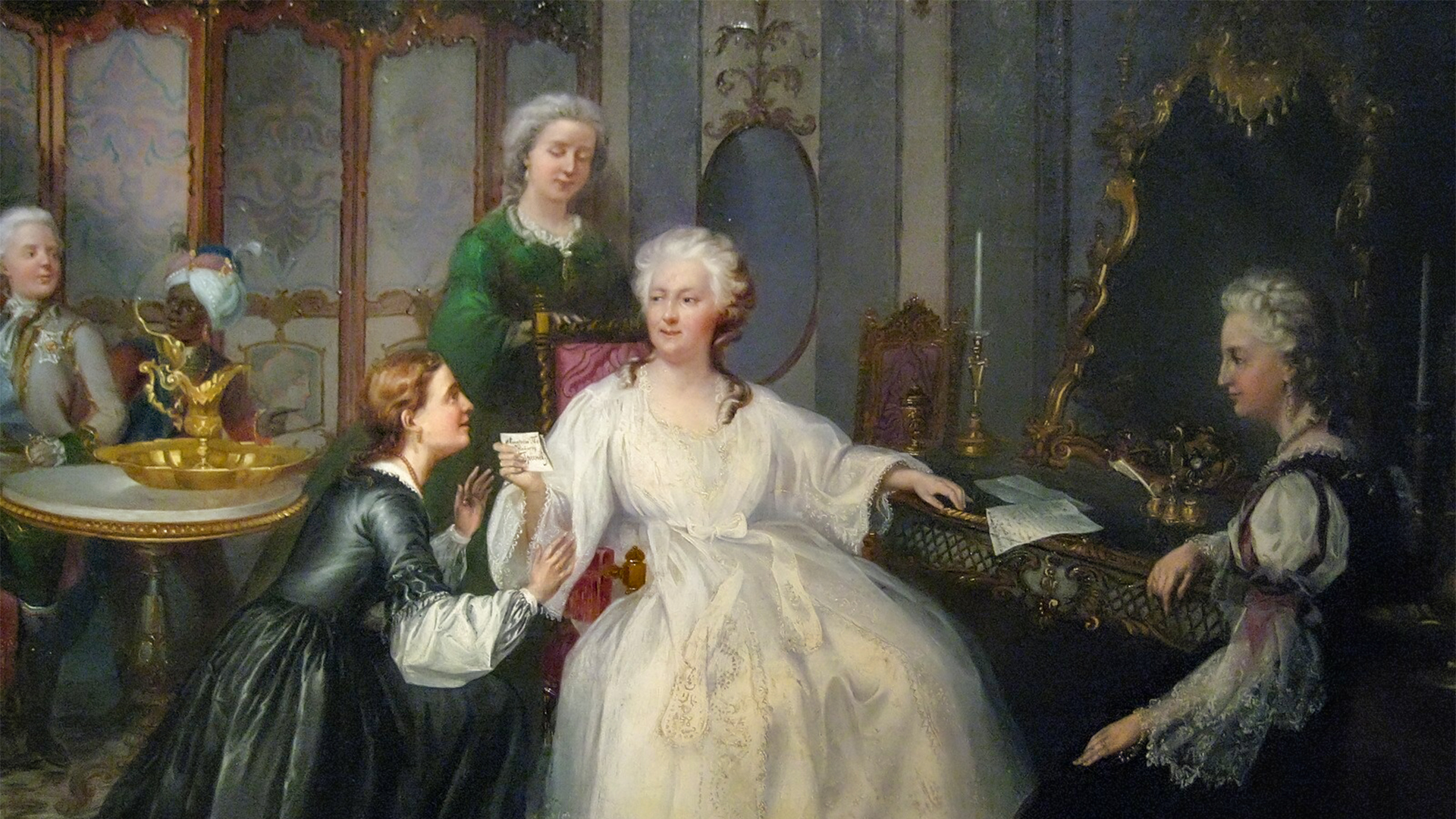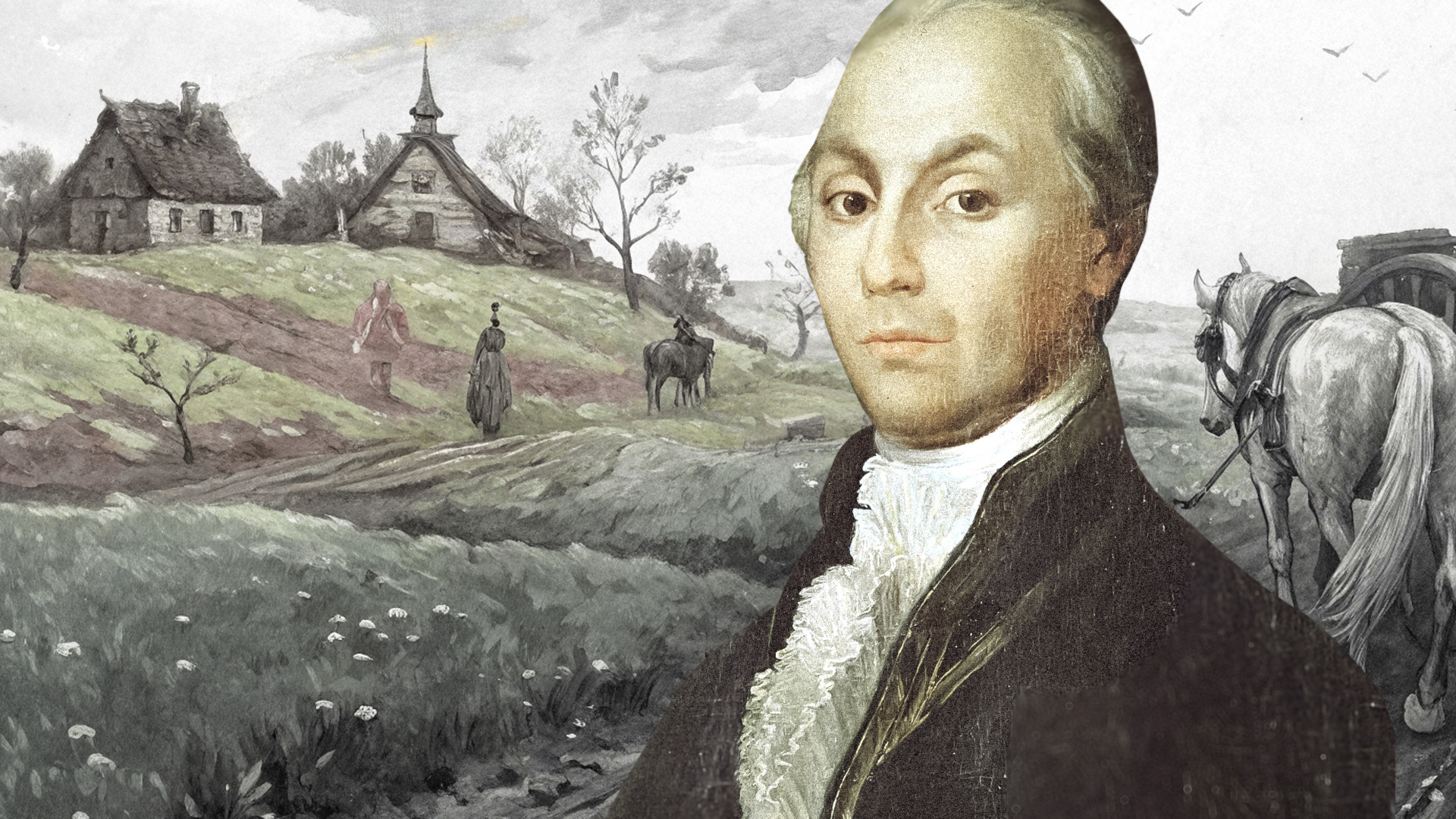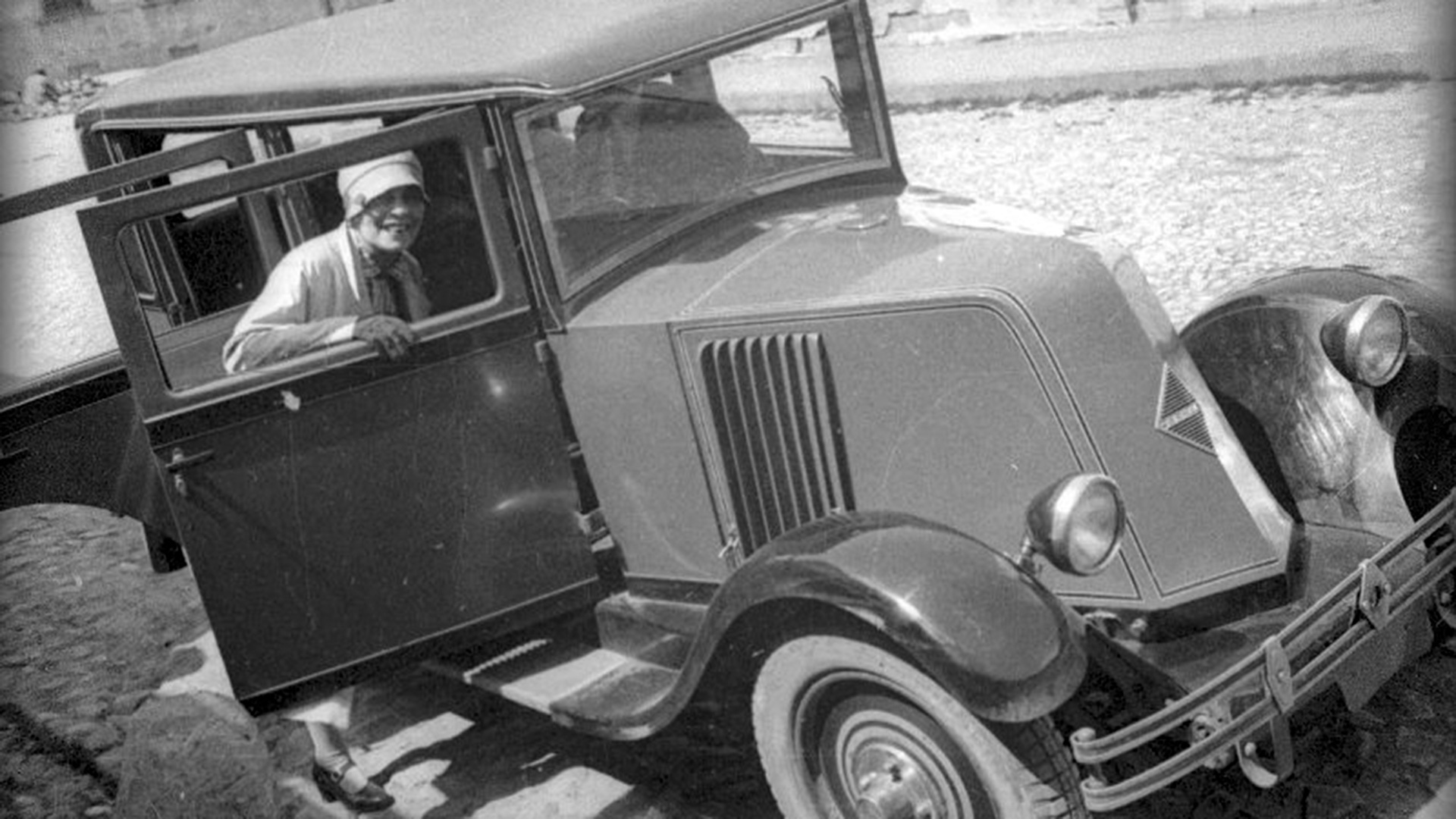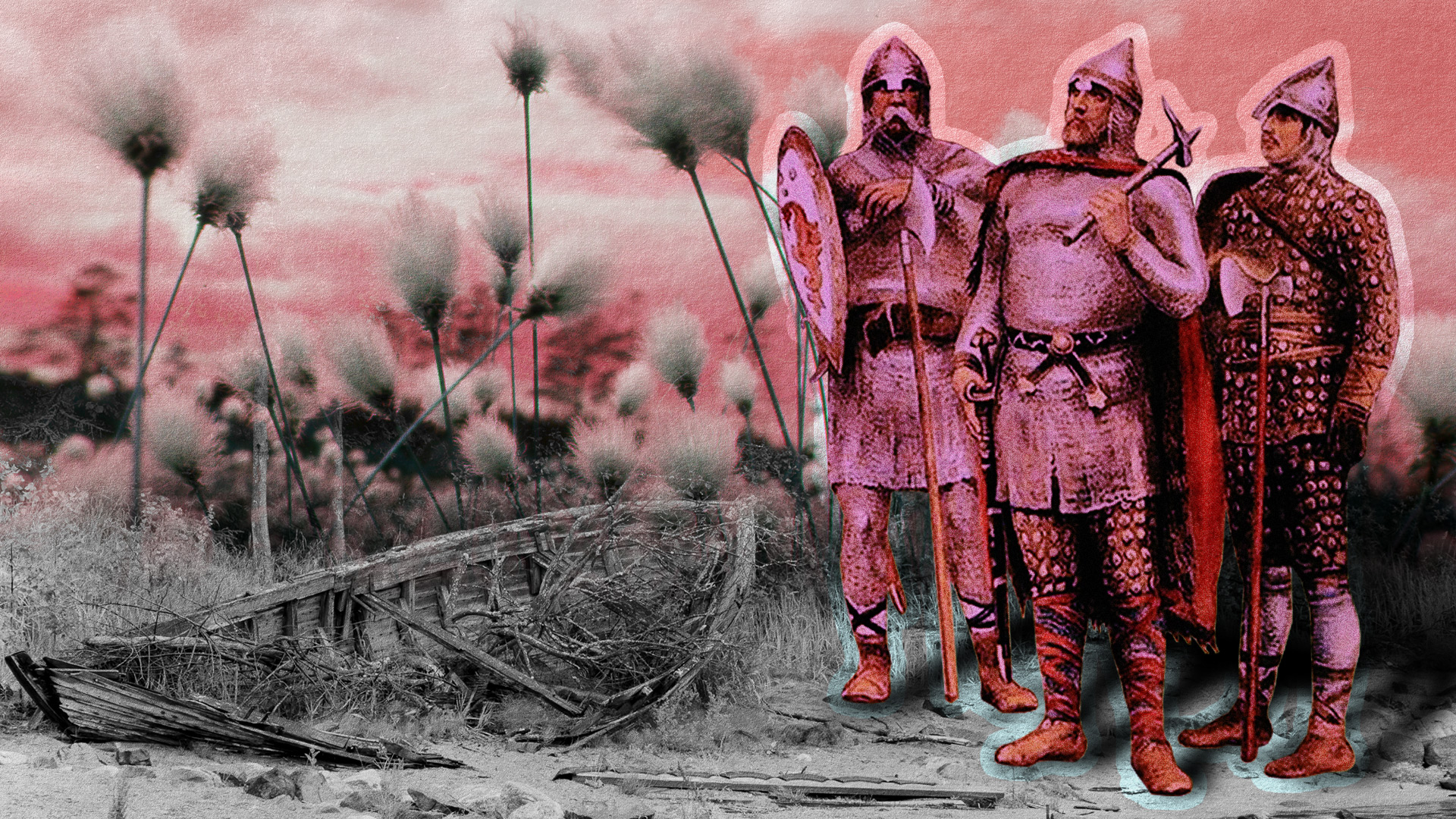
Why were exactly 6 ares allocated for dachas in the USSR?

Six ares ('sotka' in Russian) is equal to 600 square meters (for example, the plot could be 20 meters wide and 30 meters long).

The ideologist behind this “dacha standard” was Vitaly Edelstein, professor of the Moscow Agricultural Institute. During his lifetime, he wrote more than 500 scientific papers devoted to the technology of vegetable cultivation. In his book ‘Individual Garden’ (1944), he calculated which plants were best grown and in what quantities. The annual norm came out to 500.7 kg.
 Vitaly Edelstein
Vitaly Edelstein
The professor named potatoes, carrots, onions, cucumbers, tomatoes and cabbage as the main vegetables – in short, everything that people in Russia grow on their dachas to this day.
Then, Edelstein calculated the area needed for a vegetable garden (124.5 square meters), multiplied by the number of people in the family and added some space for garden trees and outbuildings. It turned out to be exactly 6 'sotkas' or ares.

In 1949, the Council of Ministers of the USSR issued a decree titled ‘On collective and individual horticulture and gardening of workers and employees’ based on his calculations, which prescribed the norm of 6 ares within the city limits or 12 ares outside it. Many dacha plots had been allocated to Soviet citizens back in the 1930s, but they were all of different sizes. In 1961, the professor himself was awarded the title of ‘Hero of Socialist Labour’.


